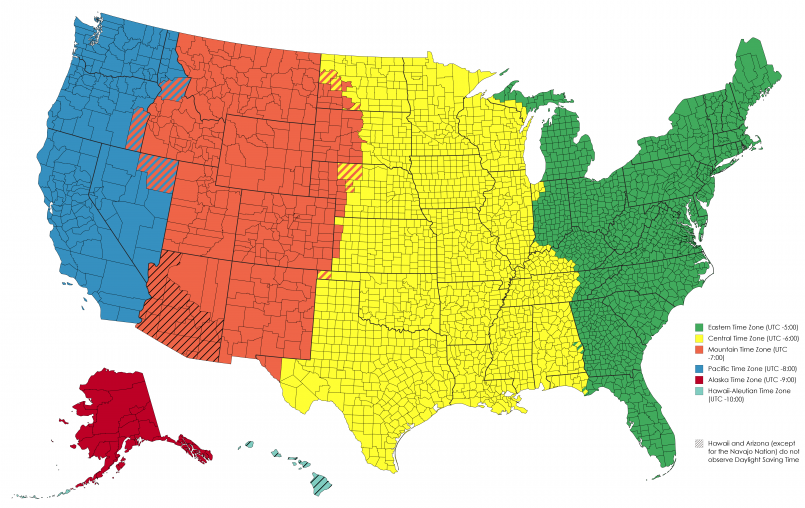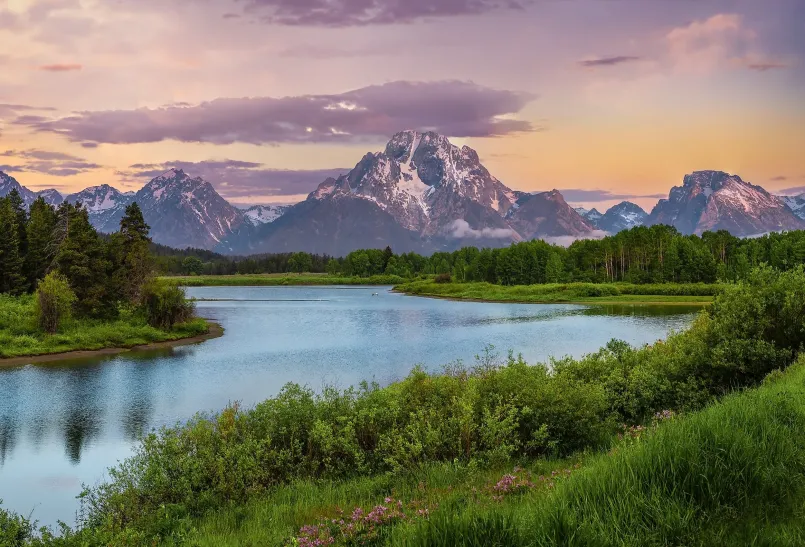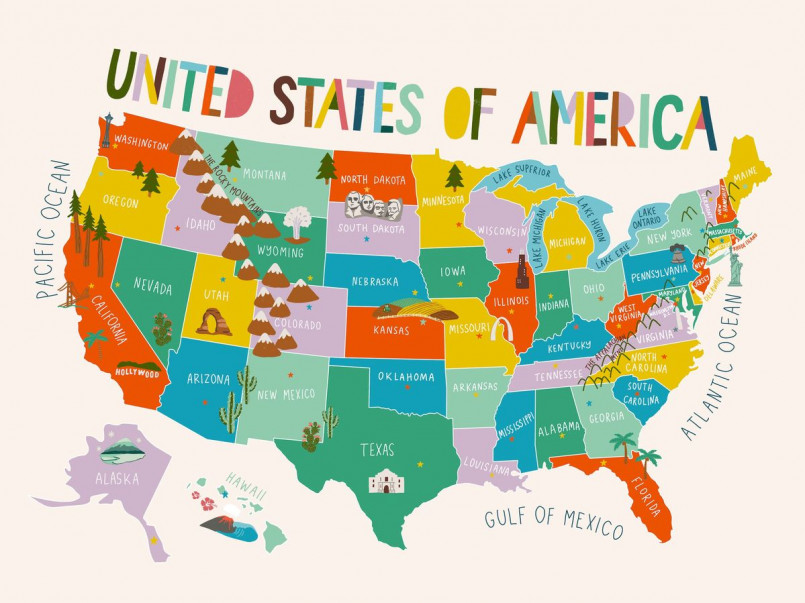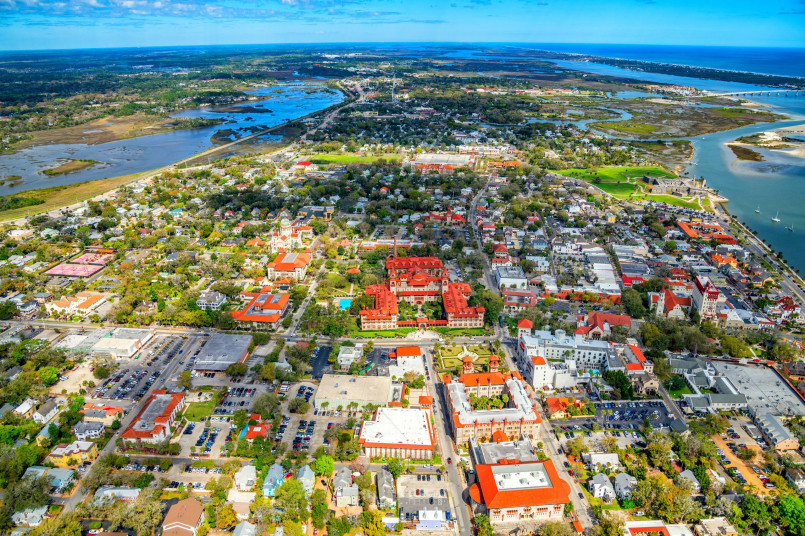While most US states exist entirely within a single time zone, seven states are divided by time zone boundaries, creating unique challenges for residents, businesses, and local governments.
The United States spans a vast geographic area from the Atlantic to the Pacific, covering nearly 3,000 miles east to west. This expansive territory necessitates the division of the country into multiple time zones to ensure that noon corresponds roughly with the sun's highest position across different regions. While most states fall completely within a single time zone, seven states are divided by time zone boundaries, creating fascinating challenges for residents and businesses that operate across these temporal divides.
These time zone divisions aren't just arbitrary lines on a map-they impact daily schedules, business operations, broadcasting, voting, and even sports events in tangible ways. Let's explore which states span multiple time zones and how these divisions shape life for their residents.
States With Two Time Zones
Six states are split between two different time zones:
- Florida: Most of Florida observes Eastern Time, but the western portion of the Florida Panhandle follows Central Time. This creates a situation where residents in Tallahassee might finish work at 5:00 PM while those just 50 miles west in Marianna are still working until 4:00 PM local time.
- Idaho: Northern and central Idaho follow Pacific Time, while the southern portion of the state operates on Mountain Time. The division roughly follows the Salmon River Mountains.
- Kansas: Most of Kansas follows Central Time, but four counties in the western part of the state (Sherman, Wallace, Greeley, and Hamilton) observe Mountain Time to align better with Colorado.
- Kentucky: Western Kentucky follows Central Time while eastern Kentucky operates on Eastern Time. The division creates situations where driving across the state might require adjusting your watch.
- Michigan: Most of Michigan observes Eastern Time, but four counties in the Upper Peninsula (Gogebic, Iron, Dickinson, and Menominee) follow Central Time to better align with neighboring Wisconsin.
- Nebraska: Eastern Nebraska follows Central Time while the western portion observes Mountain Time. The divide runs roughly along the 101°W longitude line.

Alaska: A Unique Time Zone Situation
Unlike the six states that are split between two time zones, Alaska presents a more complex case. While most of the state officially operates on Alaska Time (one hour behind Pacific Time), the far western portions of the state-including the Aleutian Islands-observe Hawaii-Aleutian Time. Alaska once was divided into four different time zones but consolidated most of the state into a single zone in 1983 to simplify governance and commerce.
The Aleutian Islands, stretching far to the west, remain in the Hawaii-Aleutian Time Zone, making Alaska the only state that spans two time zones where the zones are not adjacent on the standard time zone progression. This creates a two-hour difference between mainland Alaska and the Aleutian Islands.
How Multiple Time Zones Affect Daily Life
Living in a state with multiple time zones creates unique challenges:
- Business Operations: Companies with locations in different time zones within the same state must coordinate meeting times and operating hours carefully.
- Broadcasting: Television and radio stations must navigate the complexity of broadcasting across time zone boundaries, often leading to delayed programming in certain areas.
- Government Services: State agencies may have different operating hours depending on their location within the state.
- Transportation: Travel schedules for buses, trains, and flights must account for time zone changes even within state borders.
- Education: School districts near time zone boundaries often face decisions about which time zone to follow, affecting student and teacher schedules.
For residents living near time zone boundaries, daily life might involve regular time calculations. A person might live in one time zone but work in another, creating a situation where they effectively gain or lose an hour during their commute each day.

Historical Development of US Time Zones
Before the late 19th century, time was a local matter, with each city setting its clocks based on local solar noon. This system became increasingly problematic with the growth of railroad transportation, as each train station might operate on a slightly different time. The confusion led to the adoption of standardized time zones.
In 1883, the major railroad companies of the United States implemented a standard time system divided into four time zones. This system was later formalized by the Standard Time Act of 1918, which established the time zone boundaries we roughly recognize today.
Over the decades, time zone boundaries have shifted numerous times to accommodate local preferences and changing economic patterns. Many counties near time zone boundaries have petitioned to change their time zone alignment to better match neighboring economic centers or to avoid splitting metropolitan areas.
Interesting Time Zone Facts
The division of states by time zones creates some fascinating situations:
- The Central Time Zone contains portions of more states than any other time zone.
- Indiana once had a complex patchwork of time zone observances, with some counties following Eastern Time without observing Daylight Saving Time. The state standardized to mostly Eastern Time with full DST observance in 2006.
- The Four Corners Monument is the only place in the United States where four states meet (Arizona, New Mexico, Utah, and Colorado), and during Daylight Saving Time, three different time zones converge at this point due to Arizona's non-observance of DST.
- Some Native American reservations set their own time zone policies, creating additional complexity within states.
For residents of states with multiple time zones, checking the local time before making plans is a common habit. The phrase "What time is it there?" becomes a regular part of conversations even when discussing locations within the same state.
Frequently Asked Questions About 7 US States With Multiple Time Zones: How They Function
Which US states have multiple time zones?
Seven US states span multiple time zones: Florida, Idaho, Kansas, Kentucky, Michigan, Nebraska, and Alaska. Alaska is unique in having two time zones that aren't adjacent (Alaska Time and Hawaii-Aleutian Time).
How many time zones does Alaska have?
Alaska officially operates across two time zones: most of the state follows Alaska Time (one hour behind Pacific Time), while the western Aleutian Islands follow Hawaii-Aleutian Time. Historically, Alaska once had four different time zones before consolidating in 1983.
Do any states have more than two time zones?
Currently, no US state spans more than two time zones. Alaska previously had four time zones but consolidated most of the state to Alaska Time in 1983, keeping only the Aleutian Islands on Hawaii-Aleutian Time.
How do time zones affect businesses in states with multiple time zones?
Businesses in states with multiple time zones face unique challenges, including coordinating meeting times, managing operating hours across locations, scheduling deliveries, and communicating clearly with customers about service times. Many companies specify which time zone they're referencing in all communications.
When were US time zones established?
US time zones were first implemented by railroad companies in 1883 to standardize train schedules. The system was formally established by the federal government with the Standard Time Act of 1918, which also introduced Daylight Saving Time.
What happens at the Four Corners Monument regarding time zones?
During Daylight Saving Time, the Four Corners Monument (where Arizona, New Mexico, Utah, and Colorado meet) experiences three different times simultaneously because Arizona (except for the Navajo Nation) doesn't observe DST. This creates a unique situation where taking a few steps in different directions can result in a one or two-hour time difference.






